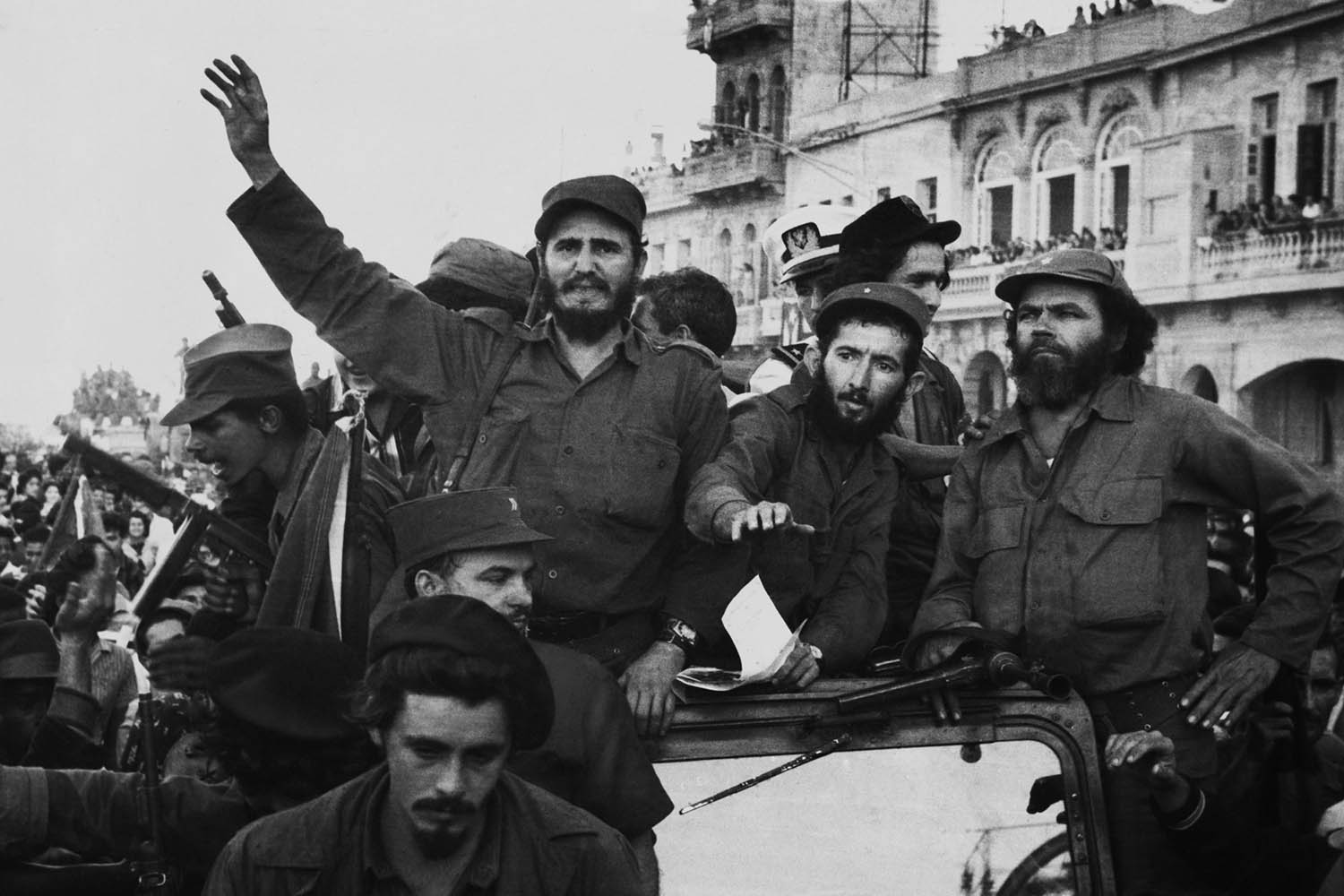
What was the Escambray Rebellion? The Escambray Rebellion was a guerrilla war in Cuba from 1959 to 1965. It took place in the Escambray Mountains, where anti-Castro forces fought against Fidel Castro's government. This conflict involved various groups, including former revolutionaries, peasants, and even some ex-Batista soldiers. They opposed Castro's communist policies and sought to overthrow his regime. Despite their efforts, the rebels faced a well-organized and determined Cuban military. The rebellion ended with the defeat of the insurgents, solidifying Castro's control over Cuba. This lesser-known chapter of Cuban history highlights the complexities and internal conflicts that followed the Cuban Revolution.
Key Takeaways:
- The Escambray Rebellion was a prolonged conflict in the Cuban mountains, where rebels fought against the government using guerrilla tactics and faced harsh suppression measures. It left a lasting impact on Cuban society and remains a topic of historical interest.
- The rebellion's leaders, tactics, and legacy continue to spark debate and interest, making it a symbol of resistance against authoritarianism and a reminder of the complexities of revolutionary movements.
The Escambray Rebellion: An Overview
The Escambray Rebellion was a significant event in Cuban history. It took place in the Escambray Mountains and involved a series of conflicts between anti-Castro rebels and the Cuban government. Here are some fascinating facts about this rebellion.
- The rebellion began in 1959, shortly after Fidel Castro came to power in Cuba.
- It was primarily led by former members of the Cuban Revolutionary Directorate and the Second National Front of Escambray.
- The rebels were known as "bandits" by the Cuban government.
- The conflict lasted until 1965, making it one of the longest guerrilla wars in Latin American history.
- The Escambray Mountains provided a strategic advantage for the rebels due to their rugged terrain.
Key Figures in the Rebellion
Several key figures played crucial roles in the Escambray Rebellion. These individuals were instrumental in organizing and leading the resistance against Castro's regime.
- Osvaldo Ramírez was one of the most prominent leaders of the rebellion.
- Eloy Gutiérrez Menoyo, a former revolutionary, also played a significant role.
- William Alexander Morgan, an American who fought alongside the rebels, became a notable figure.
- Jesús Carreras Zayas was another important leader who contributed to the resistance.
- Many of these leaders were eventually captured or killed by Cuban government forces.
Tactics and Strategies
The rebels employed various tactics and strategies to fight against the Cuban government. These methods were often adapted to the challenging conditions of the Escambray Mountains.
- Guerrilla warfare was the primary tactic used by the rebels.
- They relied on hit-and-run attacks to avoid direct confrontations with larger government forces.
- The rebels used the dense forests and rugged terrain to their advantage.
- They established hidden camps and supply lines throughout the mountains.
- Communication was maintained through a network of couriers and radio transmissions.
Government Response
The Cuban government took several measures to suppress the rebellion. These actions were aimed at weakening the rebels' capabilities and gaining control over the Escambray region.
- The government launched multiple military offensives against the rebels.
- They employed counter-insurgency tactics to disrupt rebel operations.
- The Cuban military used airstrikes and artillery to target rebel positions.
- The government also implemented a policy of forced relocation for civilians living in the Escambray Mountains.
- Propaganda campaigns were used to discredit the rebels and gain public support.
Impact on Cuban Society
The Escambray Rebellion had a profound impact on Cuban society. It influenced various aspects of life in Cuba and left a lasting legacy.
- The rebellion led to increased militarization of the Cuban countryside.
- It contributed to the Cuban government's decision to strengthen internal security measures.
- The conflict caused significant displacement of rural populations.
- The rebellion highlighted divisions within the Cuban revolutionary movement.
- It also drew international attention to the political situation in Cuba.
Legacy of the Rebellion
The legacy of the Escambray Rebellion continues to be felt in Cuba. It remains a topic of historical interest and debate.
- The rebellion is often cited as an example of resistance against authoritarianism.
- It has been the subject of numerous books, documentaries, and academic studies.
- The Escambray Mountains are now a symbol of Cuban resistance and resilience.
- The rebellion's leaders are remembered as heroes by some and as traitors by others.
- The Escambray Rebellion serves as a reminder of the complexities of revolutionary movements.
Final Thoughts on the Escambray Rebellion
The Escambray Rebellion remains a significant chapter in Cuban history. This conflict, spanning from 1959 to 1965, saw anti-communist rebels clashing with Fidel Castro's forces in the rugged Escambray Mountains. The rebels, many of whom were former allies of Castro, opposed his shift towards communism. Despite their efforts, the rebellion was ultimately crushed, leading to a stronger grip on power for Castro's regime.
Understanding this rebellion provides insight into the complexities of the Cuban Revolution and the broader Cold War context. It highlights the internal divisions and the lengths to which the Cuban government went to maintain control. The Escambray Rebellion is a testament to the fierce resistance and the turbulent path Cuba navigated during this era. Remembering these events helps us appreciate the intricate history that shaped modern Cuba.
Frequently Asked Questions
Was this page helpful?
Our commitment to delivering trustworthy and engaging content is at the heart of what we do. Each fact on our site is contributed by real users like you, bringing a wealth of diverse insights and information. To ensure the highest standards of accuracy and reliability, our dedicated editors meticulously review each submission. This process guarantees that the facts we share are not only fascinating but also credible. Trust in our commitment to quality and authenticity as you explore and learn with us.
